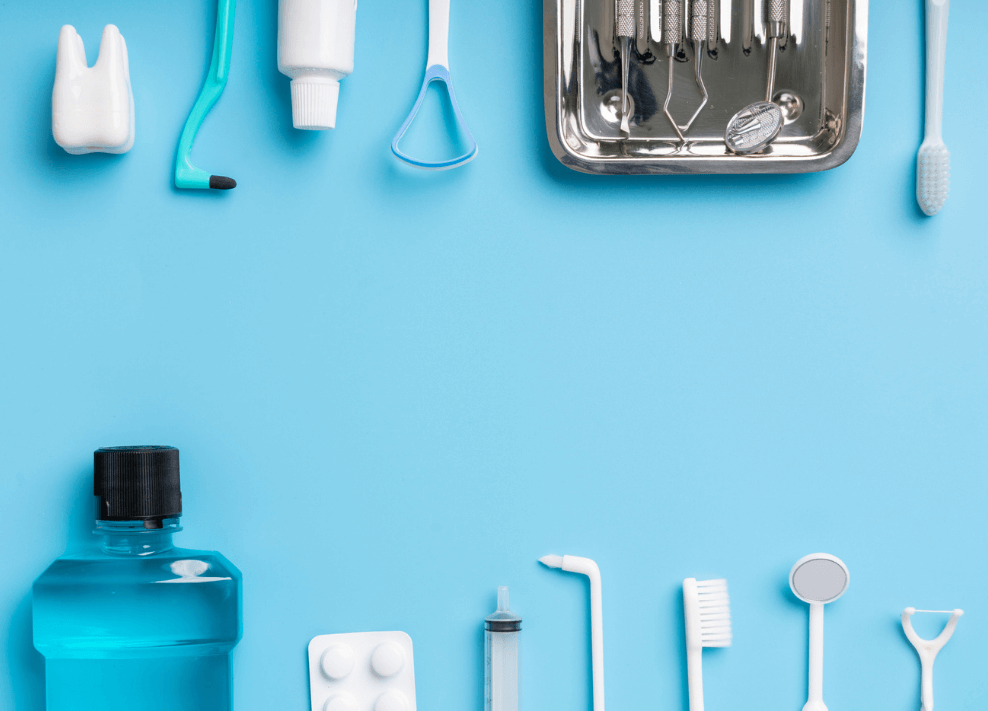Tooth extraction is the removal of a tooth from its socket in the bone. A tooth may need to be removed when repair from disease or trauma is not an option. In some cases, permanent teeth may need to be removed for orthodontic treatment.
Tooth extractions are a relatively standard dental procedure, performed for a variety of reasons. In the event that you do lose a tooth or need to have a tooth extracted, it is recommended to replace the missing tooth. Tooth replacement options include bridges, dentures, or implants.
When is tooth extraction necessary?
- Decay or infection has reached deep into the tooth
- Trauma or injury
- There is not enough room for all the teeth in your mouth
- Baby teeth don’t fall out in time for the permanent teeth to come in
- Orthodontic treatment might require tooth extraction to create room for the teeth as they move into place
- Wisdom teeth, also called third molars, are often extracted either before or after they come in

Preparation
Before removing a tooth, your dentist will thoroughly review your medical and dental history and take the appropriate x-rays. X-rays reveal the length, shape, and position of the tooth and surrounding bone. From this information, your dentist can determine the best way to remove the tooth. For some complicated surgical extractions, your dentist might refer you to an oral surgeon.
There are two types of extractions:
Simple extraction
A simple extraction is the removal of a tooth that is visible in your mouth. It is common for a general dentist to perform simple extractions. During this procedure, your dentist will numb the tooth and gum tissue with a local anaesthetic. He or she then will loosen the tooth with an instrument called an elevator before removing it with dental forceps.
Surgical extraction
A surgical extraction is a more complex procedure used for a tooth that may have broken off at the gumline or has not come into the mouth yet. General dentists can and do perform some surgical extractions; however more complicated cases will be referred to an oral surgeon. During a surgical extraction, the dentist will make a small incision (cut) into your gum and remove the underlying tooth.

Your treating dentist may recommend a bone graft after the tooth has been removed.
What is a dental bone graft?
A dental bone graft is a procedure that replaces missing bone in your jaw with bone-grafting material to encourage regeneration. As the natural bone grows, it absorbs the graft material, resulting in a fully integrated region of new bone. Today, bone grafting is a routine treatment, performed as part of a tooth replacement plan.
When is a bone graft needed?
Events such as ageing, missing teeth, genetic or development defects, untreated periodontal disease, and trauma to the jaw can lead to bone loss. If you need a tooth extraction and are considering a dental implant, your dentist might recommend bone grafting. In fact, it is estimated that half of implant placement procedures require bone grafts.
When a tooth is lost, the surrounding bone often begins to disappear (resorb) as well. In that case, it may be necessary to rebuild some of the bone structure. Maintaining sufficient bone tissue around the teeth is a crucial part of keeping up your oral health. That’s why today, when a tooth is going to be extracted (removed), a bone graft often will be placed at the time of extraction, to preserve as much bone as possible. Bone grafting is often necessary before an implant can be placed effectively. One major reason that dental implants do work so well as replacements for natural teeth is that they actually become fused to the underlying bone. This system offers superior durability and a host of other advantages.

Achieving a good outcome
Whether you are a first-time extraction patient or have prior experience, it is best to follow your dentist’s recommendations carefully before and after the procedure, in order to have a successful and uncomplicated outcome.
Restoration
Once your healing is complete, your dentist will discuss the options open to you, if replacing the missing tooth is recommended.

